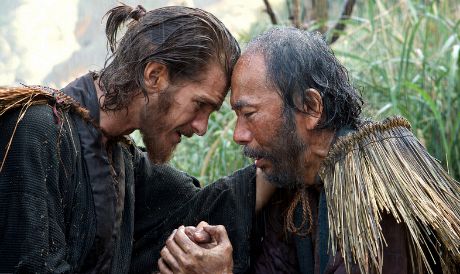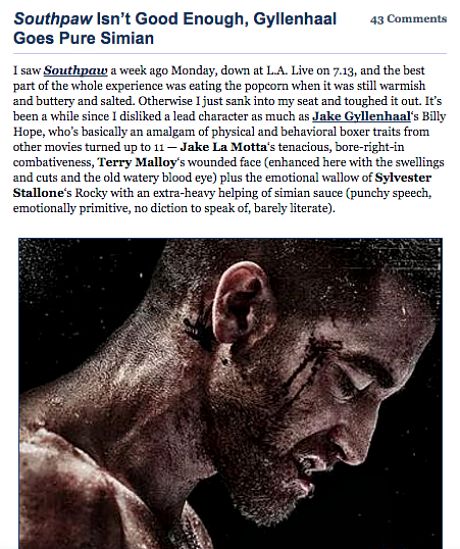Congrats to N.Y. Film Festival director Kent Jones for landing Danny Boyle, Aaron Sorkin and Scott Rudin‘s Steve Jobs (Universal, 10.9) as a festival centerpiece screening on Saturday, 10.3. I’d be lying if I said I wasn’t disappointed that this suggests it may not screen first in Telluride, but maybe not. On one hand I’m presuming that Jones wouldn’t accept sloppy seconds, but on the other a NYFF insider has reminded me that a centerpiece slot doesn’t require that the film be a world premiere. Plus the N.Y. Times announcement story doesn’t use the term “world premiere.” Plus L.A. Times reporter Steve Zeitchik has tweeted that “indications are Steve Jobs will be at either Telluride or Toronto first.”
On the other hand I’ve been firmly told that it’s “not true” that Jay Roach‘s Trumbo (Bleecker Street, 11.6) will play Telluride. This feels unfortunate from my perspective as Trumbo, a modestly-budgeted, character-driven period drama, seemed like a perfect Telluride headliner. The no-Telluride conveyance indicates, of course, that the producers have accepted a big Toronto Film Festival premiere slot during the first four days on the condition that their film wouldn’t play in the Rockies first. Maybe it’ll play Venice first?





